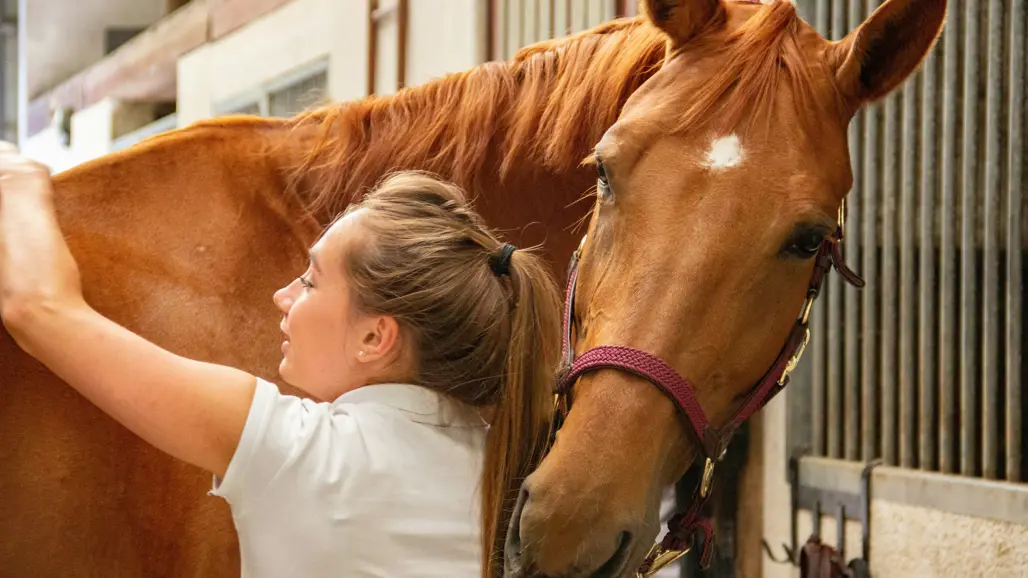
Movement patterns and temperament of riding school horses are linked to their body score
Overweight and lameness are common in riding school horses. It is already known that increased bodyweight in Icelandic horses negatively affects their movement and rideability, can it be the same for Swedish riding school horses?
The researchers examined 109 riding school horses from eight Swedish riding schools. The symmetry of the movements was measured objectively with a sensor-based movement analysis system in trot without a rider and the lameness was assessed according to a 9-point scale. For about half of the horses, questionnaire responses were also collected from the riding school staff regarding the horses' willingness to work and temperament.
The study showed a positive correlation between lameness score and degree of hind leg movement asymmetry. Horses whose movements were classified as symmetrical had lower conformation scores than horses whose movements were classified as asymmetrical. In addition, overweight horses received lower scores for willingness to work and energy from riding school staff. The study was unable to determine the causal relationship, but there are strong indications that the lameness of riding school horses affects both the function of their locomotor system and their riding ability.
Link to the publication
https://doi.org/10.1163/17552559-20220068
Reference
Persson-Sjödin, E., Wärnsberg, E., & Ringmark, S. (2023). Relationship between body condition and vertical movement symmetry in 109 riding school horses. Comparative Exercise Physiology, 19(5), 501-510.